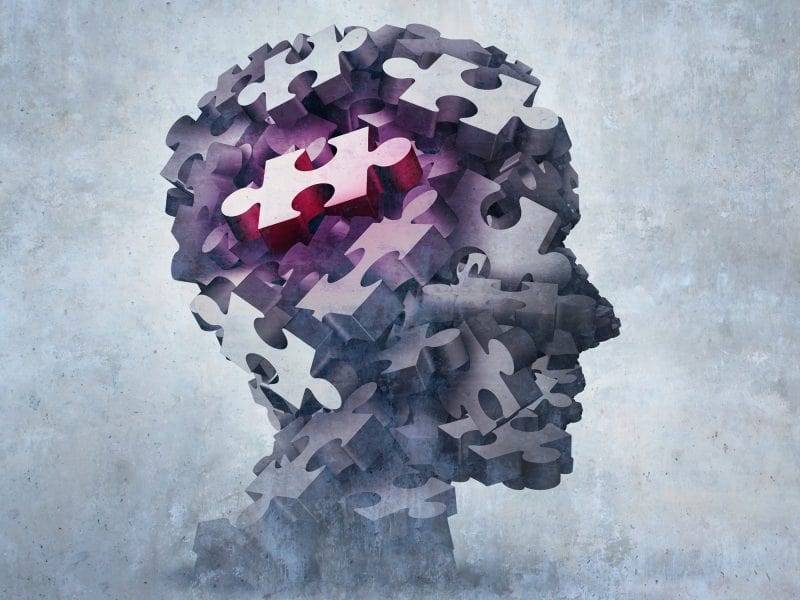Do you remember the days when you would schedule a doctor’s appointment just to get there and wait a couple of hours? If any tests or analyses were needed, it would take days to get the results and often you would have to go back to the office and wait again.
Fortunately, that’s already history (or at least it’s starting to be). Driven by the need for a better customer experience, health care is undergoing a big change. And like other industries, digital transformation trends in healthcare will not slow down in 2019.
In previous visits to the Consumer Electronics Show, we’ve seen and learned about a virtual caregiver called Addison, who will soon help support the more than 10,000 Americans who are aging, a number that is increasing by the day.
With the help of Artificial Intelligence, Addison can track a person’s health and even recognize signs of deterioration, allowing older Americans to age safely in their homes while compensating for the insufficient number of caregivers in many communities.
Addison, like many of today’s major digital transformation trends, is an excellent alternative for both patients and the healthcare industry in general, and all of this is improving and is expected to accelerate adoption in 2019.
It is a fact that the Digital Transformation has revolutionized all industries, but specifically in the health sector technology has proven to be the key to living longer and leading safer, healthier and more productive lives. The impact of these five major trends in health care could save lives in the coming decades:
Telemedicine
In 2015, there were just over 1 million tele-health patients in the United States. By 2018, that number had risen to 7 million, and for good reason. Today’s telehealth technology is empowering patients, even in the remotest parts of the world, to access quality medical care and receive life-saving diagnoses.
Can’t you afford to fly across the country to meet with the best cancer specialist? It doesn’t matter. That specialist can connect with your local doctor digitally, so you never miss a beat.
In a sense, telemedicine levels the playing field, both geographically and financially, allowing anyone to access the best medical care at any time. It also saves doctors the time and cost of traveling to see patients in their own remote locations. It’s a win-win for both parties.
Not far away, last week a colleague in the United States told us that he had a cold at Christmas, but he couldn’t get to the doctor or emergency care for a prescription. What did he have to do?
He downloaded an application, described his symptoms, talked to a doctor on the phone, and got a prescription that day. The whole process took a few hours, but she never had to leave the comfort of her home. This trend will only continue to advance and will be more widespread this year.

Artificial Intelligence
Have you ever had an exam or test, but had to wait a week to get the results? This is where technology is enabling a better customer experience. With Artificial Intelligence, body scans and other services are being dramatically improved.
Using Artificial Intelligence and Deep Learning, body scans have been shown to analyze computed tomography (CAT) scans up to 150 times faster than human radiologists, detecting acute neurological events in just 1.2 seconds. This represents a better customer experience.
No more stress waiting, just accurate and immediate answers. Artificial Intelligence can also help, for example, with determining the most effective pharmaceutical compositions, allowing faster testing and prescribing of better medications.
While “behind the scenes”, Artificial Intelligence can do additional work and give results in terms of reducing costs, preventing identity theft, improving processes, etc.
Blockchain
If you’ve ever had to change doctors or visit a specialist, you know how frustrating it can be to transfer patient files. But with Blockchain, the entire obsolete process has the potential to become a distant memory, as Blockchain has the potential to automatically provide licensed physicians and specialists with a complete medical history to obtain necessary care.
It could also help solve some important security and data protection issues, helping hospitals and insurance companies save money and stress by keeping patient records safe.
Augmented Reality and Virtual Reality
Yes, we already know that Augmented Reality can help doctors learn how to perform dangerous procedures, such as heart surgery, without having to learn about human beings. That’s good for both doctors and patients. But the reason we added Augmented Reality and Virtual Reality to the list by 2019 is what is being done on a smaller scale.
One by one, Augmented Reality and Virtual Reality have the ability to help Alzheimer’s and dementia patients recover memories and a sense of joy simply by giving them back a moment, experience, or sound that was important to them in the past.
It is impressive to realize the impact that something as simple as a support dog can have on an Alzheimer’s patient, taking him back to his childhood or earlier years. This is a huge step in terms of experience and overall well-being. That’s what digital transformation is all about.
Digital Cufflinks
They are the bridge between the digital world and the physical world. They have been used with computer systems and industrial technology to create accurate models of environments that are as dynamic as the physical environment itself.
In the case of healthcare, a Digital Twin provides a secure environment where providers and manufacturers can prove the impact of a potential change in the performance of a healthcare procedure by experimenting on a virtual version of the system (person or device) that is powered by abundant Data from the actual system.
Essentially this allows healthcare providers to play “what if? So while it has historically been used with things that aren’t alive, this method can be a machine, a process, or even a living body.







